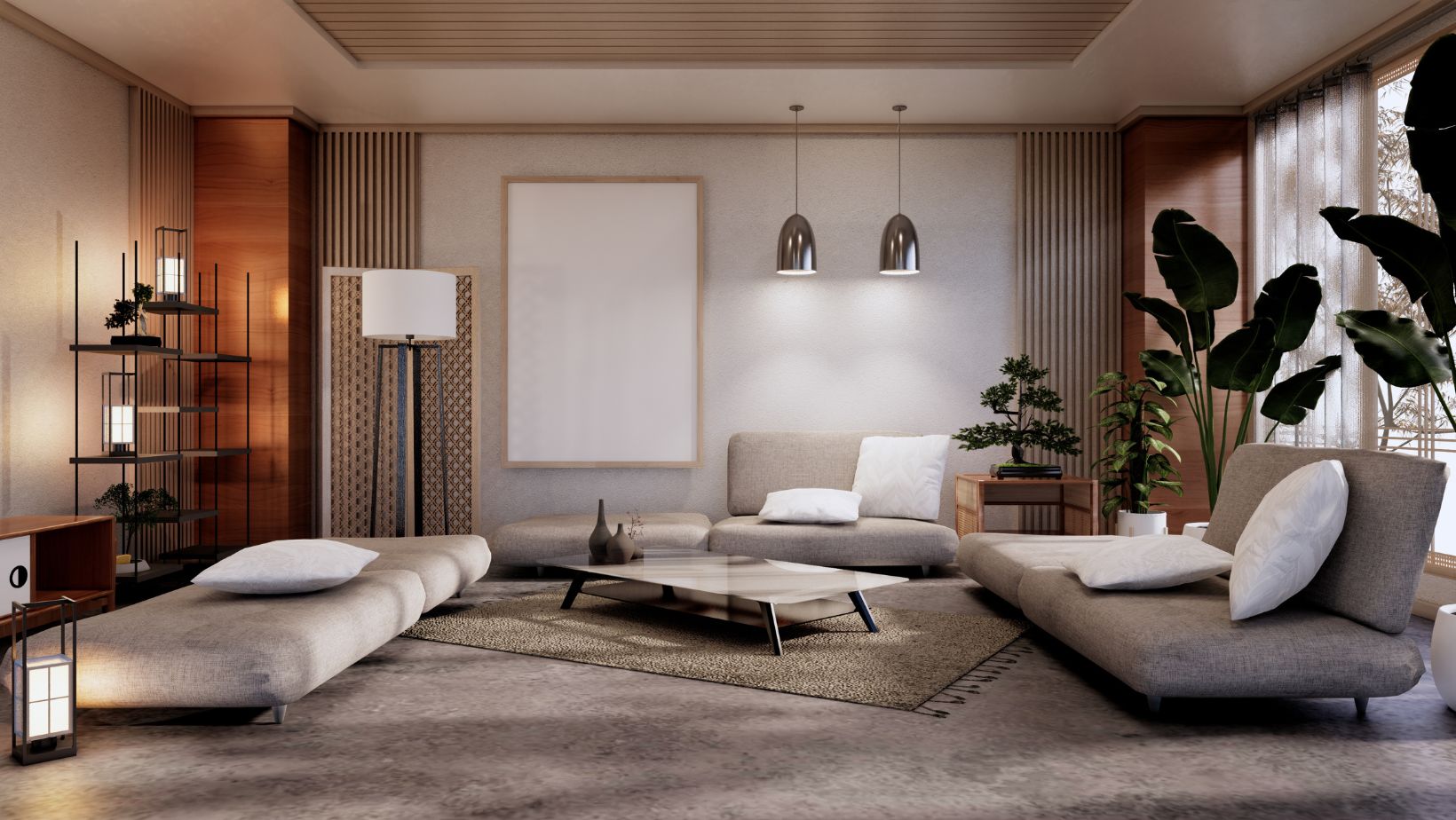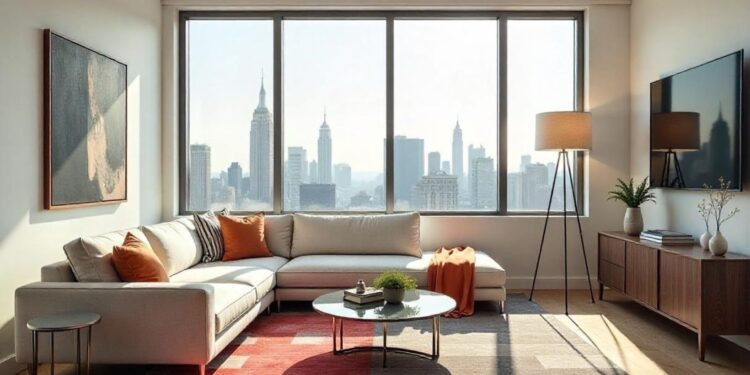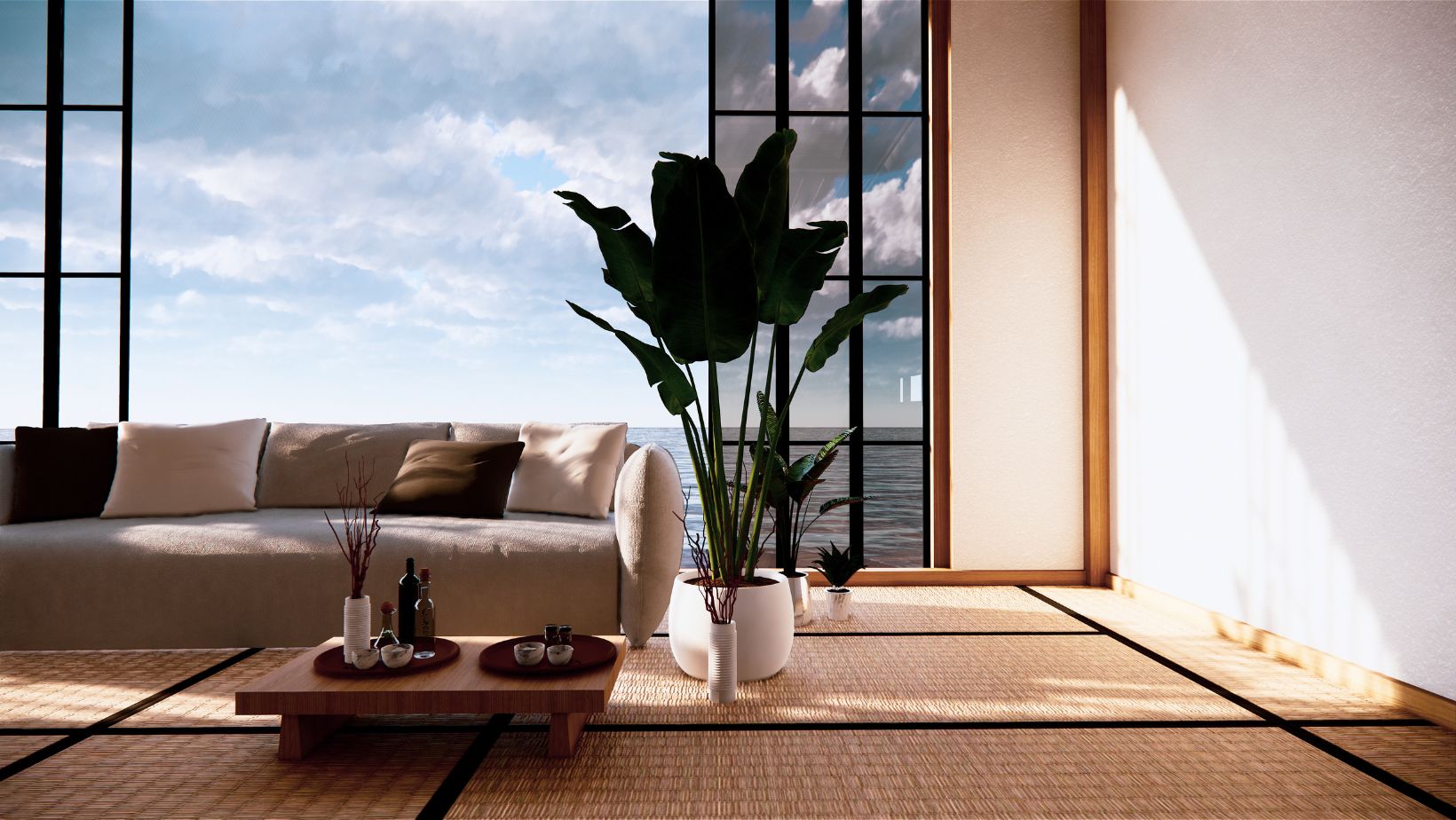In an era where technology continually redefines how businesses operate, the furniture industry is no exception. A particularly transformative advancement is 3D Furniture Visualization for Planning Customer Spaces with Your Products, which allows furniture retailers and manufacturers to offer an interactive and immersive experience. This technology enables customers to envision how furniture will look in their spaces before making a purchase, combining the power of virtual reality, augmented reality, and computer graphics to create highly detailed, lifelike representations. Through this innovation, customers can experience products in a way that was once reserved for physical showrooms, revolutionizing the way furniture is bought and sold. With professional interior visualization, customers can explore realistic room layouts, experiment with different styles, and visualize how every detail comes together. This immersive approach builds confidence in purchasing decisions and reduces the likelihood of returns.
In this article, we’ll explore how 3D furniture visualization works, its benefits, practical applications, and how it is reshaping customer experiences.
What Is 3D Furniture Visualization?
At its core, 3D furniture visualization uses advanced software to render realistic, digital models of furniture pieces. These models can be rotated, resized, and placed within virtual or real-world environments using AR or 3D planning tools. Unlike static images or showroom visits, 3D visualization provides an interactive experience where users can:
- Visualize scale: Understand how a piece will fit in their space.
- Explore options: Try out various colors, fabrics, and finishes in real-time.
- Create room layouts: Experiment with furniture arrangements to optimize functionality and aesthetics.

How Does It Work?
The process behind 3D furniture visualization involves several steps:
- Creating 3D Models: Designers use software like Blender, SketchUp, or AutoCAD to create high-quality, realistic models of furniture.
- Texture Mapping and Lighting: Details like fabric texture, wood grain, and reflective surfaces are applied to mimic the real-world appearance. Lighting simulations ensure shadows and highlights behave naturally.
- Integration with Platforms: These models are then integrated into e-commerce websites, AR apps, or VR platforms for customer interaction.
- Interactive Tools: Customers can manipulate the models, resizing or repositioning them in a virtual environment, sometimes by uploading images of their own rooms.
Benefits of 3D Furniture Visualization
The advantages of adopting 3D furniture visualization are far-reaching, benefiting both businesses and customers alike.
1. Enhanced Customer Experience
Modern consumers value convenience and interactivity. 3D visualization eliminates guesswork by letting them see exactly how a product will look and fit within their homes. It’s like having a personal interior designer in your pocket.
2. Boosted Online Sales
E-commerce furniture sales often struggle with high return rates due to mismatched expectations. By offering realistic previews, 3D visualization reduces the likelihood of disappointment, leading to fewer returns and happier customers.
3. Increased Customization Options
Interactive tools allow customers to tailor products to their preferences, whether it’s selecting upholstery, adjusting dimensions, or testing color schemes. This flexibility makes products more appealing and suited to individual needs.
4. Cost and Time Savings
For businesses, this technology reduces the reliance on physical showrooms and sample production. Virtual representations can be updated or changed in seconds, without the costs associated with manufacturing prototypes.
5. Competitive Advantage
Adopting cutting-edge visualization tools signals innovation, helping businesses stand out in a competitive market. It also caters to a tech-savvy audience that appreciates forward-thinking solutions.
Applications of 3D Furniture Visualization
From retail to design, the uses for 3D furniture visualization are as versatile as the technology itself.
E-Commerce Platforms
One of the most popular applications is in online stores. Integrating 3D visualizations allows customers to interact with products directly on the website, whether by spinning a chair around to view its back or placing a table in a virtual dining room.
Augmented Reality Apps
AR apps like IKEA Place or Houzz enable customers to superimpose virtual furniture onto their physical spaces. By pointing their phone’s camera at a room, users can see how a couch or bookshelf fits into the real-world environment.
Interior Design Software
Professional designers can use 3D tools to create room mockups for clients. These platforms often include drag-and-drop features for arranging furniture and testing different layouts.
Virtual Showrooms
In VR, customers can “walk through” a virtual store or home, interacting with products as if they were physically present. This immersive experience is especially useful for luxury brands seeking to provide a premium shopping journey.
Furniture Prototyping
Before producing a physical prototype, manufacturers can test designs virtually. This approach helps identify potential flaws and refine aesthetics, saving time and resources.
Challenges and Considerations
While 3D furniture visualization offers immense potential, it’s not without its hurdles:
- High Initial Costs: Developing high-quality 3D models and implementing the necessary software can be expensive. However, these costs are often offset by long-term savings and increased sales.
- Technical Expertise: Creating realistic and interactive models requires skilled designers and developers.
- Device Compatibility: Ensuring a smooth experience across various devices—smartphones, tablets, and desktop computers—can be challenging.
- Data Management: Large 3D files require robust hosting solutions to maintain fast load times and prevent lag.
Despite these challenges, advancements in technology and software accessibility are making it easier for businesses of all sizes to adopt 3D visualization.
Why It Matters for the Future of Furniture Retail
As consumer preferences shift toward digital-first shopping experiences, 3D furniture visualization represents a vital tool for meeting these demands. It bridges the gap between physical and online retail, offering a level of interaction and confidence previously reserved for in-store experiences.
Moreover, as sustainability becomes a priority, the ability to reduce waste through virtual prototyping and planning aligns with eco-conscious values. Businesses that invest in this technology not only cater to modern shoppers but also position themselves as leaders in innovation and sustainability.
Final Thoughts
3D furniture visualization is revolutionizing the furniture industry, offering an unmatched combination of convenience, creativity, and clarity. Whether you’re a retailer looking to enhance your e-commerce platform, a designer seeking better tools, or a manufacturer aiming to streamline production, this technology holds the key to future success.




























































